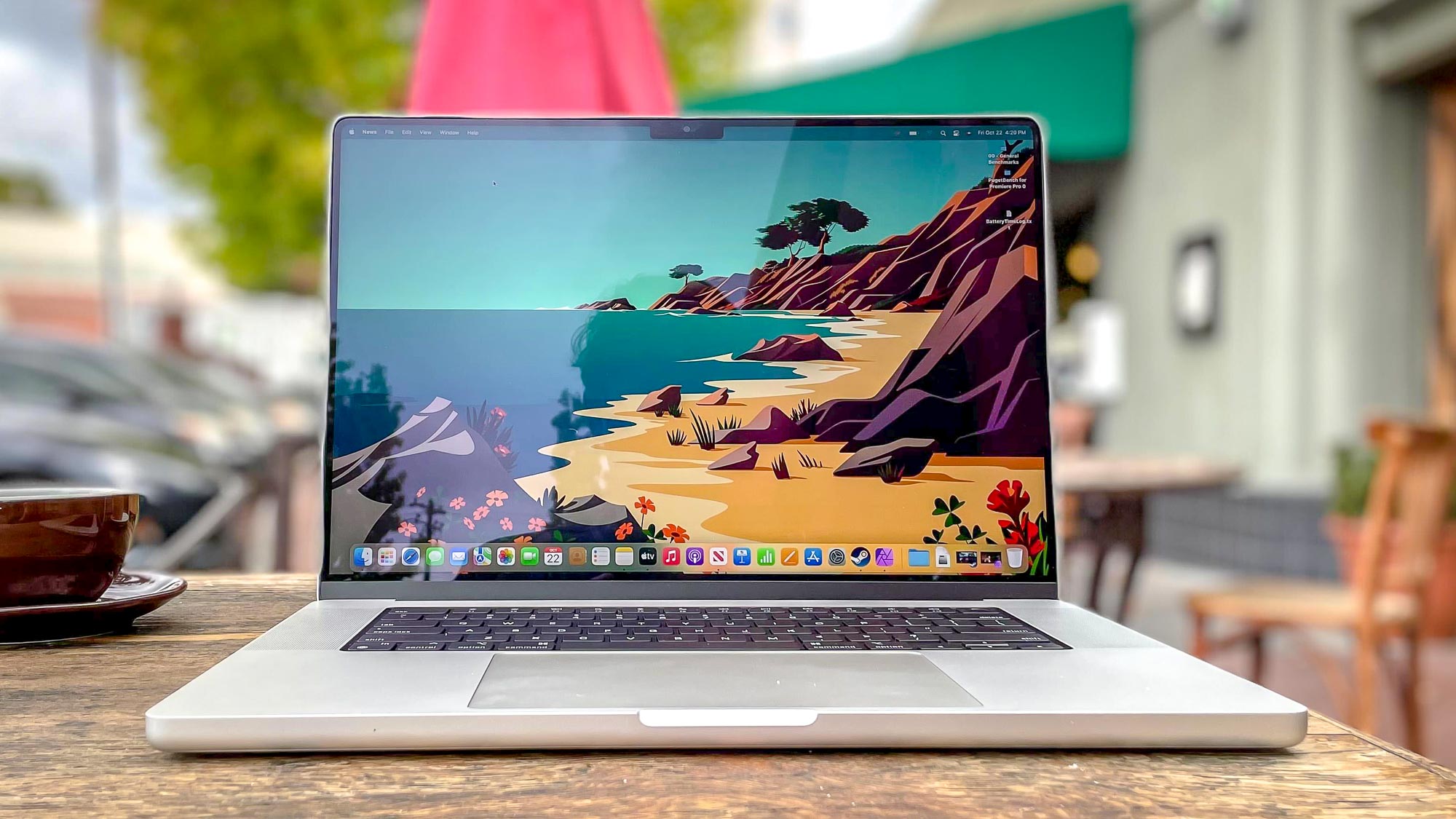OLED MacBooks and iPads could still be years away
Mini-LED tech will likely be Apple’s top display tech for a while yet

Update: In the meantime, a redesigned standard iPad has been tipped to arrive in 2022.
At one point, it seemed like Apple was just around the corner from rolling OLED panels out across the majority of its product line. After successfully introducing OLED technology to the Apple Watch in 2014 and iPhone X in 2017, there were reports that the first OLED iPad could arrive this year.
That no longer seems to be the case if a report from Korean publication The Elec is to be believed. The publication claims that while LG has been “evaluating the deposition process for Gen 8.5 OLD panels since December," one destination will be Apple’s first OLED MacBook “which is expected to launch around 2025."
The report adds that it will also appear in two iPads with screen dimensions of 11-inches and 12.9-inches before then. That almost certainly means iPad Pro: not only do the screen sizes match the current models, but the Pro tablets were the first to get the mini-LED upgrade, so it makes sense for them to lead the way with OLED as well.
The report doesn’t say when these OLED iPads are expected, but the latest rumor is that it won’t be anytime soon. Earlier this week TF International Securities’ analyst Ming-Chi Kuo — who currently boasts a 72.5% accuracy rating for Apple predictions on AppleTrack — stated his belief that OLED iPads won’t be here until 2024.
I think the release date of the OLED MacBook is mainly dependent on the schedule of iPad’s adoption of OLED. MacBook would use OLED in 2025 at the earliest if Apple could successfully release 12.9-inch & 11-inch OLED iPads in 2024.March 17, 2022
Notably, he also suggested that this means an OLED MacBook couldn’t arrive until 2025 “at the earliest," which matches The Elec’s report.
That would put Apple quite far behind its rivals in terms of adopting OLED technology. Samsung has been using OLED panels on its tablets since 2011, and while the screen technology is rarer in MacBook rivals, some of the best laptops you can buy pack OLED panels, including our favorite: the Dell XPS 13 OLED.
Sign up to get the BEST of Tom's Guide direct to your inbox.
Get instant access to breaking news, the hottest reviews, great deals and helpful tips.
The advantages are clear: because OLED panels don’t need backlighting, they offer deep, inky blacks and perfect contrast. Other technologies — even the excellent mini-LED tech recently championed by Apple — can’t match this, although OLED isn’t without its drawbacks. It struggles to reach the same brightness levels as other screen tech, and question marks also remain about the potential for image burn-in.
That said, the technology is improving all the time, and that’s one advantage Apple has with its tendency to be fashionably late in adopting new tech. By the time the company introduces ‘new’ technology to its products, it’s usually mature enough to make an immediate great impression, without needing a few generations to bed in.
Apple could once again benefit from being late to the party, even if it does mean a frustrating wait to 2024.
Freelance contributor Alan has been writing about tech for over a decade, covering phones, drones and everything in between. Previously Deputy Editor of tech site Alphr, his words are found all over the web and in the occasional magazine too. When not weighing up the pros and cons of the latest smartwatch, you'll probably find him tackling his ever-growing games backlog. Or, more likely, playing Spelunky for the millionth time.

